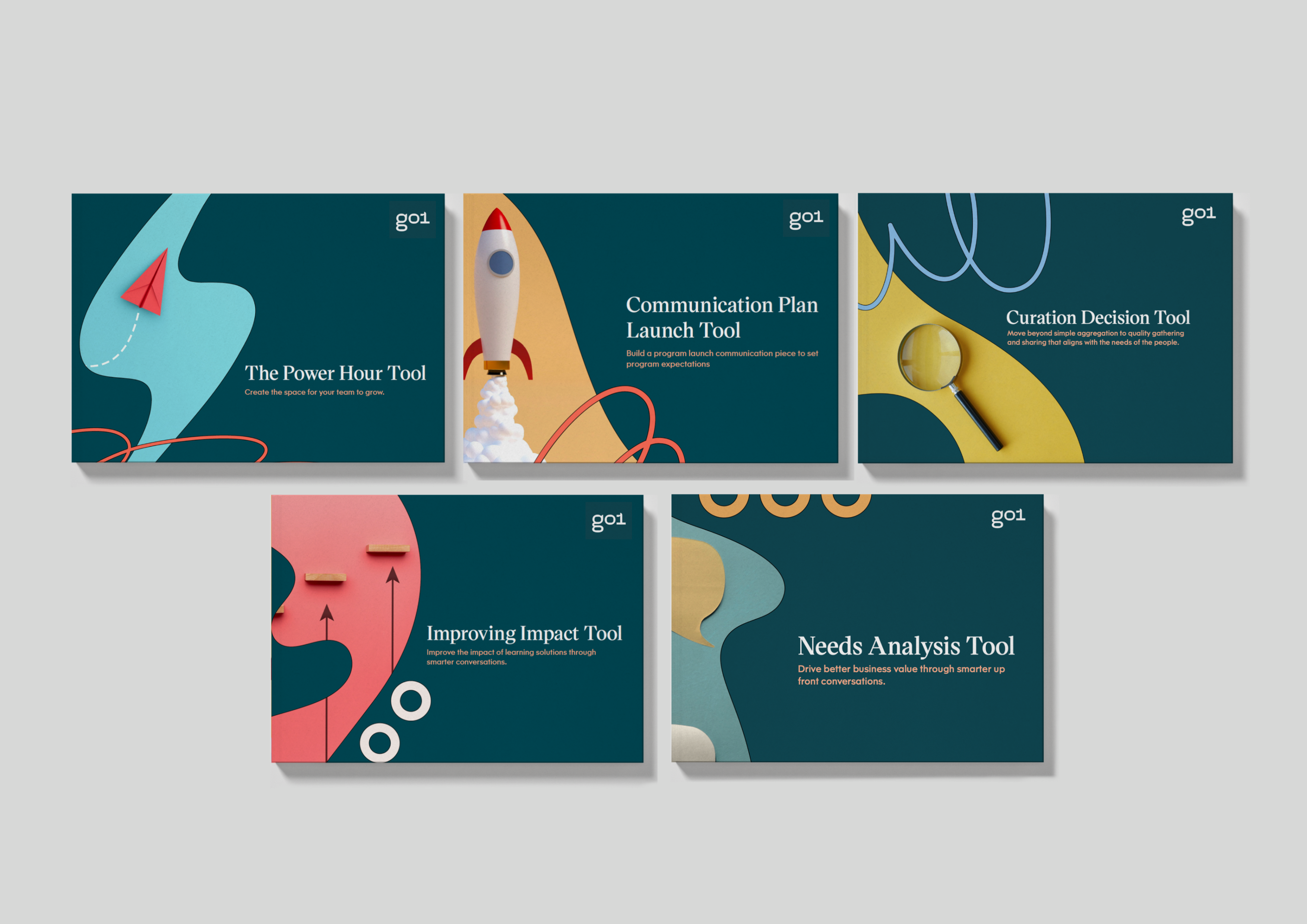
Cognitive learning: benefits and examples

Everyone learns differently. Whether you’re a school student or an experienced employee, we all absorb information in our own way. This is why some appear to learn much faster or retain more information than others. When it comes to learning, teachers, trainers, and learning platforms need to consider the way everyone’s minds work in a completely unique way.
That’s where the cognitive learning theory comes in and helps students and teachers throughout the learning process.
What is the cognitive learning theory?
Cognitive learning theory promotes “thinking about thinking” - also known as metacognition. The cognitive approach to learning encourages us to think more about our thought processes as we learn, so we can more effectively absorb and retain information.
Cognitive learning theories are often accompanied by behavioral learning theories, which look at external factors that influence learning.
When applied in a classroom or training environment, cognitive learning encourages students to look inward, and explain their reasoning so they can self-reflect. While traditional teaching methods rely on students memorizing information, cognitive learning has a different approach:
- Comprehension - understand why students are learning what they’re learning, and how it will benefit them
- Memory - cognitive learning isn’t about memorizing lots of information but is about associating new knowledge with past knowledge or experiences
- Application - once learned, strategies allow students to practice their skills or knowledge in real-life scenarios
By using this approach, students boost their engagement by being far more motivated and excited to learn. This increases knowledge retention, and in the workplace it benefits both your employees and your business.
What are the benefits of cognitive learning?
There are plenty of advantages to cognitive learning theory beyond simply helping students figure out how they learn.
Benefits include:
- Improved comprehension, meaning all students benefit from training and learning
- Better problem-solving skills by encouraging students to get involved with learning materials to get a deep understanding of the subject
- It promotes a culture of learning within your organization
- Students appreciate learning, especially when they’re not frustrated
- More confidence by encouraging students to associate learning with previously learned information
- Faster learning by utilizing new learning methods in future
- Creativity and innovative thinking by teaching employees how to interpret information quickly
Cognitive learning examples
To help with the concept, below are several cognitive learning theory examples.
Explicit learning
This is when a student learns about a specific subject that is important to their work. Explicit learning requires the student to be committed and engaged. An example of this would be learning about Microsoft Excel in order to help with more accurate and thorough monthly reports.
Implicit learning
This is the process of learning unintentionally, for example, if you watch a documentary on television. By watching the documentary for entertainment, you will likely retain some of the information despite that not being your intention. A good example of implicit learning in the workplace is how students and employees learn to touch type over time.
Experiential learning
This is a trial and error approach - in that people learn from their prior experiences. In the workplace, experiential learning doesn’t have to involve learning from mistakes (however, this is important). It can involve work shadowing or learning from senior team members who have plenty of experience.
Observational learning
Similar to experiential learning, observational learning requires a student to learn by watching and imitating others. For example, a call center worker can learn how to deal with an irate customer by observing how a colleague successfully handles a similar situation.
Emotional learning
Emotional learning is the way we develop relationships both within and outside the workplace and is generally something we learn over time. It allows employees to understand and take charge of their emotions.
Collaborative learning
Group projects are common within the workplace. In order to learn during a collaborative project, everyone needs to be an active participant.
Discovery learning
Discovery learning is the process of learning through research and has a scientific approach. It involves identifying a problem, creating a hypothesis, testing that hypothesis, then using the results to see whether that hypothesis was correct. For example, fact-checking a report that an employee has never seen before.
Receptive learning
This puts students in a lecture-style environment, where an industry expert will relay information to a group. However, it does mean the students must engage with the speaker and take notes.
Meaningful learning
This is the process of learning new information by relating it to previously learned knowledge. For example, before learning how to use a CRM system, employees would reflect on what they know about using other CRMs in the past.
Non-associative learning
This allows students to learn habitually, by being exposed to something on a regular basis. For example, employees who undertake manual work will initially do so much slower than those with years of experience. However, over time they will likely become just as fast - similar to the old saying “practice makes perfect”.
Cognitive learning strategies
There are a number of cognitive learning strategies that can be applied to the workplace, to ensure all employees retain information and practice their new skills.
Meaningful experiences
American psychologist David Ausubel said, “Meaningful learning occurs when the learner interprets, relates, and incorporates new information with existing knowledge and applies the new information to solve novel problems”. This means employees with prior knowledge will find it easier to learn new, relevant information.
Learning should focus on meaningfulness, with an emphasis on background information.
Learner-centered
Swiss psychologist Jean Piaget’s theory of cognitive development suggested that there are three components of learning:
- Accommodation, where we absorb new information by modifying information we already have
- Assimilation, where we arrange new information beside existing knowledge
- Equilibration, where we balance new and existing information
Because of this, companies that invest in their people can do the following strategy:
- Introduce new information based on employees’ existing knowledge
- Utilize analogies and connections to existing information
- Encourage learning to be undertaken in stages
- Use tasks that borrow from existing knowledge
- Encourage openness and the asking of questions
Learning through discovery
Similar to Piaget’s theory, US psychologist Jerome Bruner’s theory focused on learning via discovery and self-direction. Bruner’s theory stated that there are three stages to learning:
- Enactive - knowledge through action
- Iconic - the use of visuals
- Symbolic - words and symbols associated with experiences
In the workplace, employees should be allowed to learn independently by being encouraged to complete new tasks with little background knowledge.
Personalized learning
Everyone learns in their own, unique way, and everyone's existing knowledge, interpretation, and experience mean they all process new information differently. Along with cognitive learning, there are also eight learning styles to take into account.
Because of this, personalized strategies will always be the most effective for training employees. There is rarely an opportunity for a successful one-size-fits-all approach.
By creating a personalized learning experience, it enables your employees to learn and retain information, which can be put into practice so you deliver the very best service to your customers and clients.
Cognitive learning in the workplace
As we’ve already covered in this post, cognitive learning theories are not just restricted to the classroom, but in the workplace too. Employee development plans need to be mindful that every employee learns differently, and that a personalized approach is key.
However, that doesn’t mean the process needs to be time-consuming and complex. Employees may already know which is their preferred learning style, which will make a development plan simpler to devise. Together with online training courses - which are completely self-directed - cognitive learning techniques are an effective way to encourage employees to learn.
Go1 has a range of courses to develop employees
Go1 has a wide range of courses available to help develop employees. For more information on what Go1 can offer your business, book a demo with a member of our team today.




